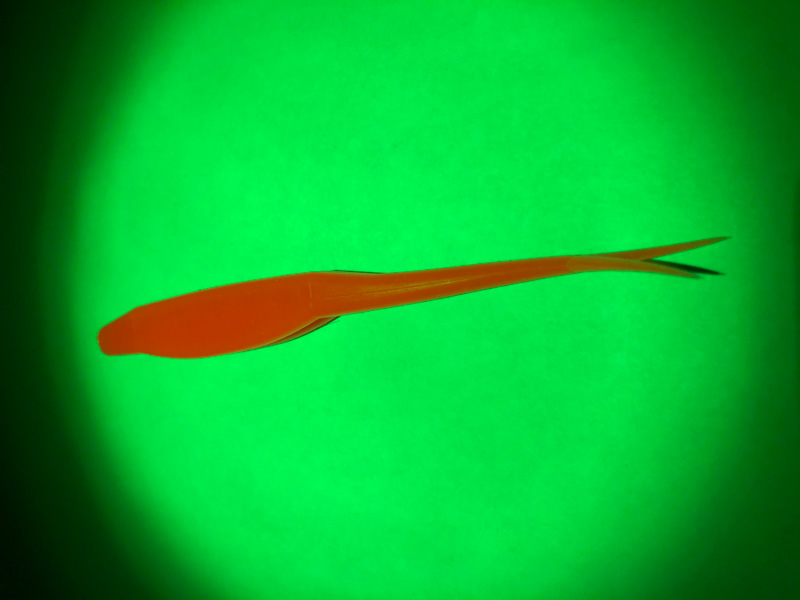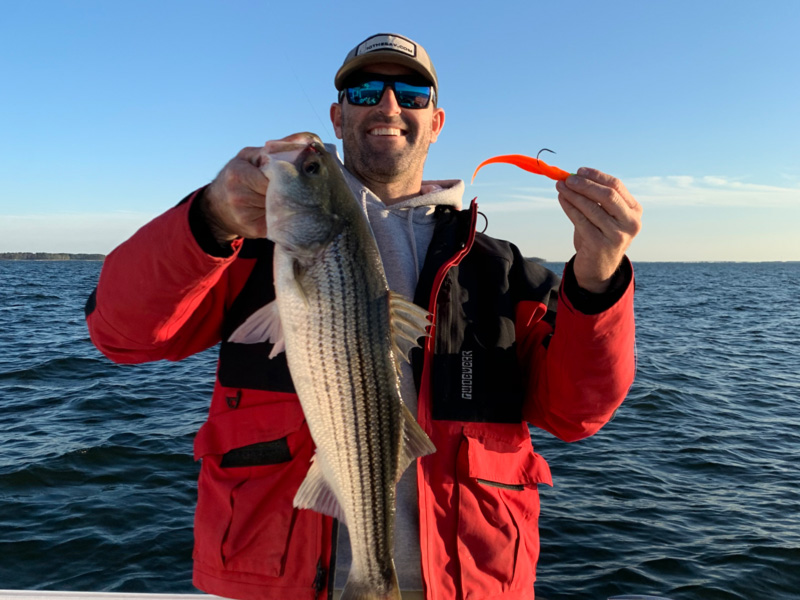There are a few undeniable benefits to making an entrance at the height of uncertainty associated with a global pandemic, but after a one-month hiatus, FishTalk returned to the presses in June 2020 and therein we assessed the anecdote “if it ain’t chartreuse it ain’t no use” from an optical perspective. I received little feedback from those other than family and friends obligated to claim to have read my take on an age-old discussion, so by default my foray into writing has persisted. If our discussions are to continue, I should take this opportunity to state my intention. Speaking in general terms, fishing is not a “chicken or the egg” type problem. Anglers typically learn the technical aspects of fishing well before they understand how to fish with intent. Recognition that our understanding is utterly insignificant in the scope of the complexity of the natural world is the true starting point of a good angler’s pursuits.
I spend far too much time behind walls to guarantee that I’ll help you catch more, bigger, or whatever subjectively better fish you seek. What I can promise you however is that I’ll convey everything I know about science as it relates to fishing. The manner in which I hope to impact your angling behavior is simply in strengthening the scientific component of your decision-making processes. To desire otherwise would be a disservice to our collaborative effort towards attaining some satisfactory level of understanding in our limited time here. Thus:

The shorthand for the color fluorescent orange, florange, is an indication that the pigment industry assumes you have no interest in understanding the subtleties of luminescence. As luminescent processes occur in both mass-produced and local fishing lures, I beg to differ. Luminescent processes include fluorescence and phosphorescence, both of which generally involve absorption of one wavelength or color of light and emission of a different (usually longer) wavelength of light. For example, some florange pigments absorb green light sources and in turn emit orange light, which can be described as orange fluorescence. The picture provided here demonstrates this behavior for a soft plastic I poured with Dead On Plastix Dye of the Dead NeoOrange, aka florange, pigment.
The difference between fluorescence and phosphorescence for our purposes here is the timeframe over which emission occurs after all light sources are removed. Phosphorescent emission occurs for a long period of time after “charging” by a suitable light source (think glow-in-the-dark). On the contrary, fluorescent emission ceases in an effective instant when a suitable light source for absorption is removed. At this point, I have armed you with the necessary information to pump your lures full of light and differentiate between fluorescence and phosphorescence. In particular, try ultraviolet, blue, and green light sources at eye-safe power levels. When you have found yourself a lure that exhibits orange fluorescence is where our true discussion begins.
If you recall from our June 2020 discussion, yellow-green light such as that which produces the color chartreuse is particularly pervasive in the depths of clean Chesapeake Bay water, and striped bass see this color very well. Rockfish also see orange relatively well but the wavelengths of light that produce this color do not persist to the depths at which we commonly jig. Curse the natural world for being so cruel. But, rejoice! Fluorescence is your opportunity to break the mold. The color orange relies on (the reflection of) an orange light source to be perceived — which we have come to understand the “color” florange does not. With the availability of green light at depth to be absorbed, and in turn emitted as orange light that is well contrasted with the green aquatic ambient light, I question why florange has apparently been (at least in modern times) in the shade of the chartreuse limelight when it comes to Bay angler’s lure color selection for rockfish.

There are a variety of reasons, likely both undue and due, why this might have occurred. An ineffectiveness of orange lures fished at depth could have given florange, which has an indiscernibly similar appearance to orange in air, a bad rap that persisted through generations of Bay anglers. It is also possible that florange lures, while more easily perceived than orange lures by rockfish at depth, simply appear unnaturally bright. This would suggest utilizing florange lures when rockfish are exhibiting aggressive feeding behavior, or incorporating florange with a more naturally bright color such as chartreuse (think “candy corn” jig heads).
I will be putting the former hypothesis to the test in 2021; stayed tuned for the results of the study. Better yet, get out there and prove me wrong. That’s the beauty of the scientific method. It does not matter if I am wrong; it only matters if I am capable of hypothesizing another way in which I might be right.
- By Michael Brupbacher